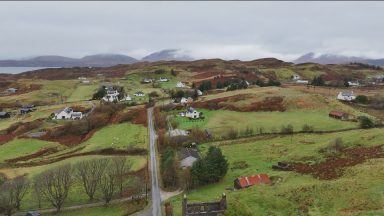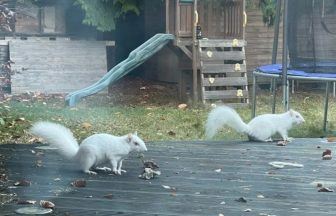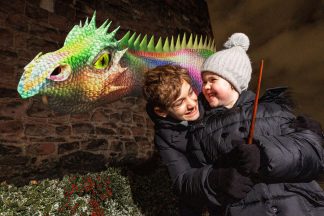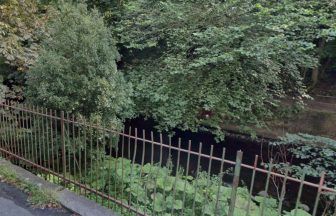Two white squirrels have become regular visitors to a family garden in Edinburgh.
Amanda Pender first spotted one of the animals visiting her garden in Silverknowes a few months ago, with the pair now regular guests on the street.
The mum-of-two described the squirrels as white with red eyes and, after some research, determined they were albino squirrels.
“They first appeared a couple of months ago, but it was only one of them that we spotted; it wasn’t until a few weeks ago that we saw two of them at the same time,” she said.
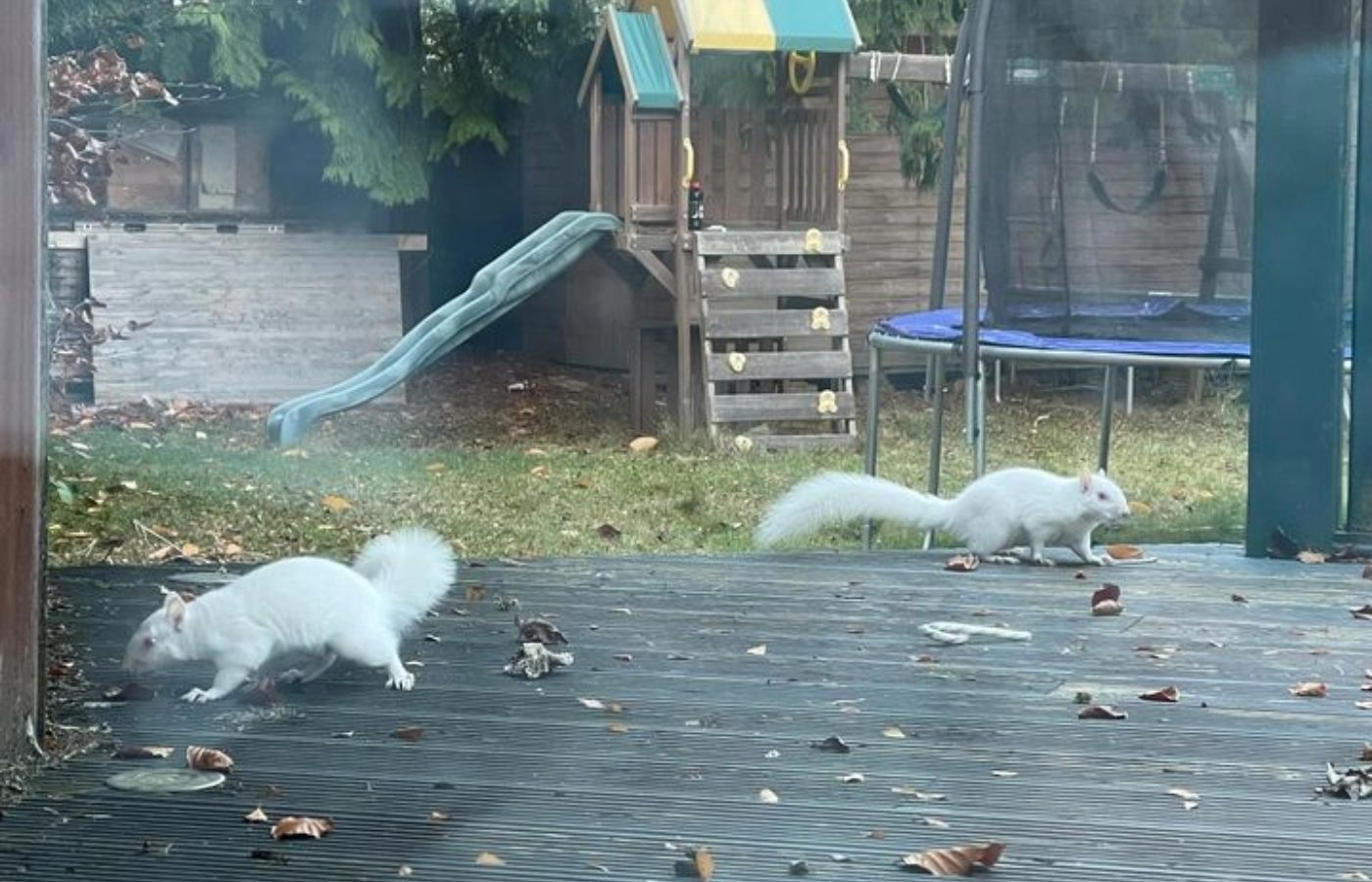 Amanda Pender
Amanda PenderMs Pender contacted the Scottish Wildlife Trust to share where they had been seen so they could log the sightings on a database.
“They’re quite tame and brave. They come right up to the window,” she said.
Her two daughters, Luna and Indigo, have also been on the lookout for the squirrels anytime they return.
Indigo, who named the squirrels Snowy and Blonk, said she loved seeing them in her back garden.
The ten-year-old managed to take pictures of the squirrels and took them to school to show her classmates.
“They’re really interesting to have in the garden; I know they’re really fast, and they’ll come right up to us now and are really curious,” Indigo said.
“She’s become our resident wildlife expert,” her mum added.
Amanda’s oldest daughter, Luna, has a bedroom that faces out into the garden and alerts the family whenever the squirrels return.
The squirrels have now become known among the family’s local community, with their neighbours hoping to catch a glimpse.
“Both of the girls have had friends over to see them, and the squirrels have been popular in our area,” Ms Pender said.
The squirrels have become a hot topic in their local culdesac but only seem to visit her garden.
“Our neighbours are aware they’re here, and they’ve been trying to spot them. We’re all in a group chat, so we let each other know when we see them.”
Gail Turney, Scottish Wildlife Trust’s programme manager for Saving Scotland’s Red Squirrels, said: “Scotland is home to both the native red squirrel and invasive, non-native grey squirrel.
He added that the squirrels in Ms Pender’s garden are likely to be red or grey squirrels with a genetic condition known as leucism.
“Leucism causes a loss of hair pigmentation, but the exact species can be determined using other identifying traits such as the distinct ear tufts and smaller size of red squirrels,” he said.
“While we don’t have any figures on how many leucistic squirrels are in Scotland, we’ve only ever received a few reliable reports, so it’s fair to say they’re quite rare!”
Mr Turney urged anyone who spots a squirrel to report them on the Saving Scotland’s Red Squirrels website.
He added: “Data from sightings helps the project monitor squirrel populations over time and deliver practical conservation work to protect red squirrels.”
Follow STV News on WhatsApp
Scan the QR code on your mobile device for all the latest news from around the country





